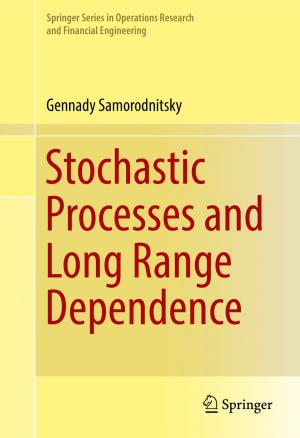Microtechnology for Cell Manipulation and Sorting
Nonfiction, Science & Nature, Technology, Nanotechnology, Engineering| Author: | ISBN: | 9783319441399 | |
| Publisher: | Springer International Publishing | Publication: | October 5, 2016 |
| Imprint: | Springer | Language: | English |
| Author: | |
| ISBN: | 9783319441399 |
| Publisher: | Springer International Publishing |
| Publication: | October 5, 2016 |
| Imprint: | Springer |
| Language: | English |
This book delves into the recent developments in the microscale and microfluidic technologies that allow manipulation at the single and cell aggregate level. Expert authors review the dominant mechanisms that manipulate and sort biological structures, making this a state-of-the-art overview of conventional cell sorting techniques, the principles of microfluidics, and of microfluidic devices. All chapters highlight the benefits and drawbacks of each technique they discuss, which include magnetic, electrical, optical, acoustic, gravity/sedimentation, inertial, deformability, and aqueous two-phase systems as the dominant mechanisms utilized by microfluidic devices to handle biological samples. Each chapter explains the physics of the mechanism at work, and reviews common geometries and devices to help readers decide the type of style of device required for various applications. This book is appropriate for graduate-level biomedical engineering and analytical chemistry students, as well as engineers and scientists working in the biotechnology industry.
This book delves into the recent developments in the microscale and microfluidic technologies that allow manipulation at the single and cell aggregate level. Expert authors review the dominant mechanisms that manipulate and sort biological structures, making this a state-of-the-art overview of conventional cell sorting techniques, the principles of microfluidics, and of microfluidic devices. All chapters highlight the benefits and drawbacks of each technique they discuss, which include magnetic, electrical, optical, acoustic, gravity/sedimentation, inertial, deformability, and aqueous two-phase systems as the dominant mechanisms utilized by microfluidic devices to handle biological samples. Each chapter explains the physics of the mechanism at work, and reviews common geometries and devices to help readers decide the type of style of device required for various applications. This book is appropriate for graduate-level biomedical engineering and analytical chemistry students, as well as engineers and scientists working in the biotechnology industry.















